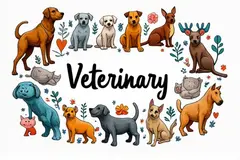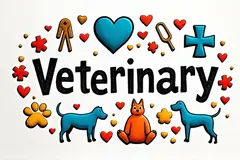 An expression describing the fact that the dorsal hoof wall is parallel to the dorsal aspect of the PIII from the coronary band down to an inch or so below, or about the width of two fingers. This allows a fairly accurate estimate of the position of the PIII within the hoof, no matter how distorted... ↪ Read more
An expression describing the fact that the dorsal hoof wall is parallel to the dorsal aspect of the PIII from the coronary band down to an inch or so below, or about the width of two fingers. This allows a fairly accurate estimate of the position of the PIII within the hoof, no matter how distorted... ↪ Read more Veterinary Drug Handbook (VDH) is the reference veterinarians turn to when they want an independent source of information on the drugs that are used in veterinary medicine today.
-
 Is veterinary Liniment Gel safe for humans?
Is veterinary Liniment Gel safe for humans? -
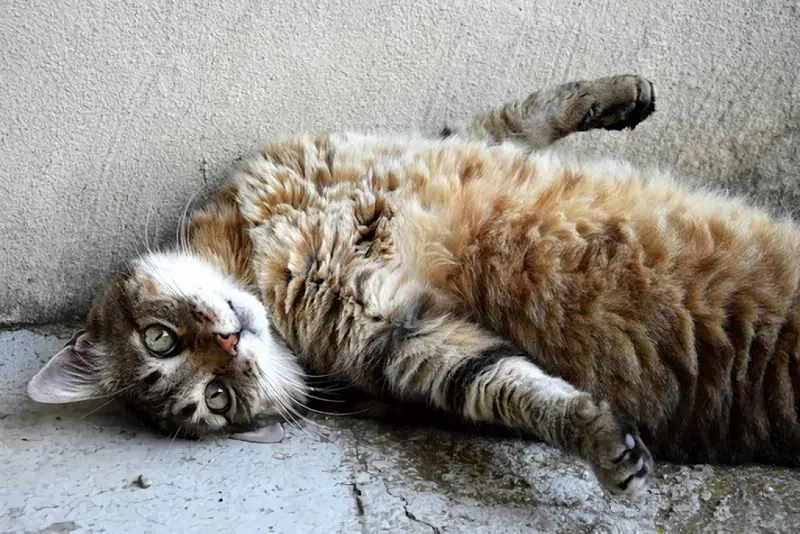 Giving Your Cat A Pill
Giving Your Cat A Pill -
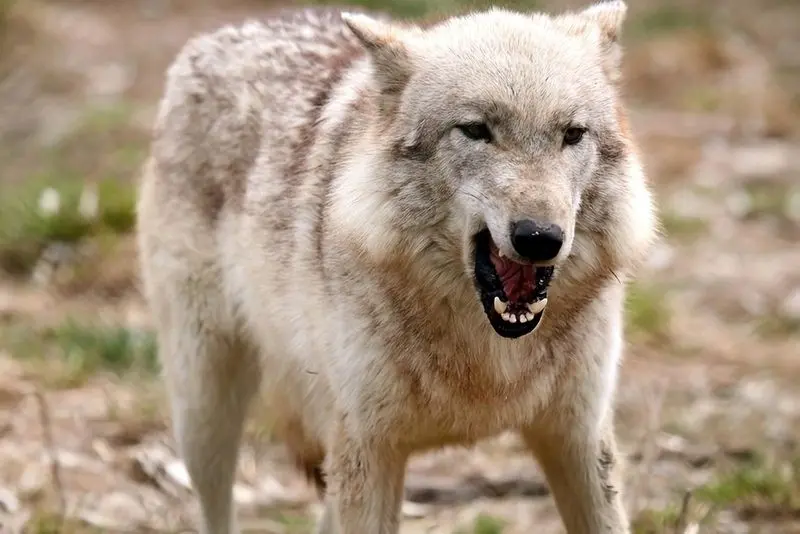 Dog Aggression
Dog Aggression -
 Dogs May Help Boost Infant Health
Dogs May Help Boost Infant Health -
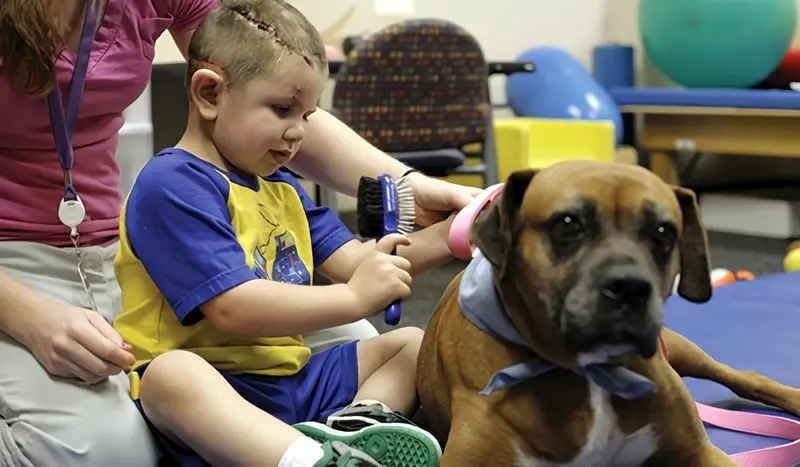 Animal-Assisted Therapy, Veterinary Social Work, & Social Work With People & Pets in Crisis
Animal-Assisted Therapy, Veterinary Social Work, & Social Work With People & Pets in Crisis -
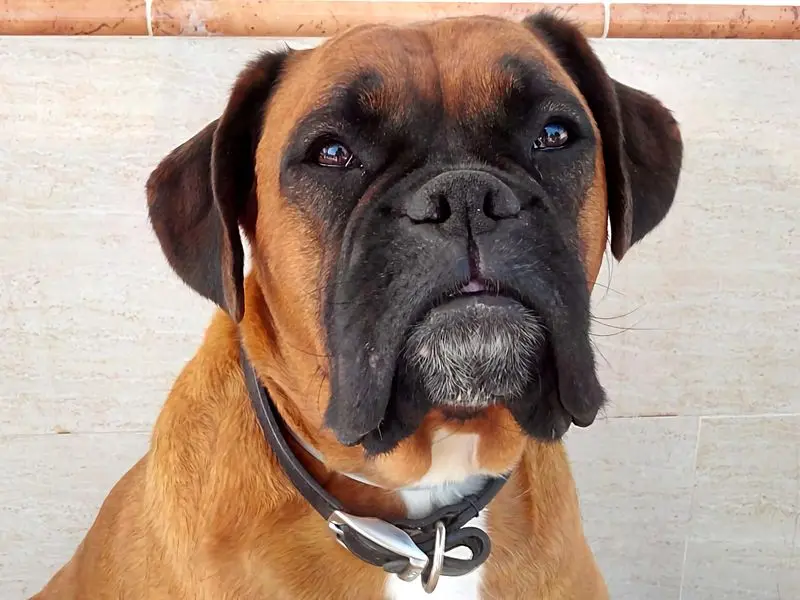 On-demand veterinary service gives advice on poorly pets
On-demand veterinary service gives advice on poorly pets -
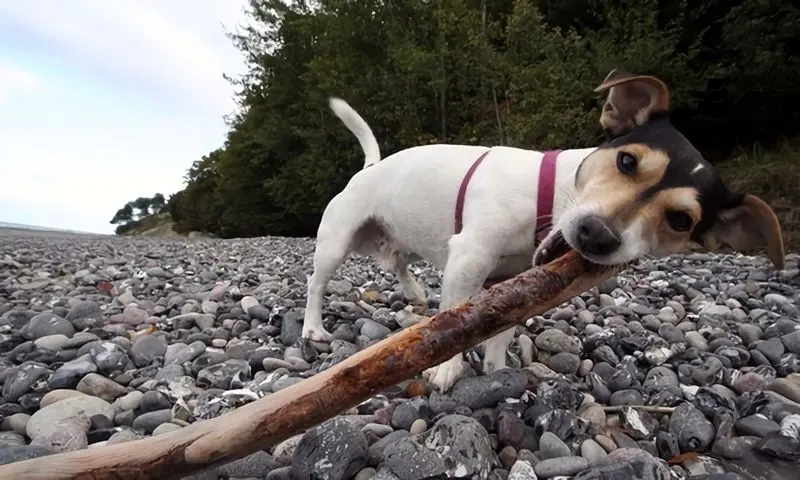 Should we stop throwing sticks for dogs?
Should we stop throwing sticks for dogs? -
 Can breathing in cat hair be harmful?
Can breathing in cat hair be harmful? -
 What does PU/PD mean in veterinary medicine?
What does PU/PD mean in veterinary medicine? -
 Bill calls for ban on sales of dogs, cats in Maine pet stores
Bill calls for ban on sales of dogs, cats in Maine pet stores -
 Common Meanings Of Cat Behavior
Common Meanings Of Cat Behavior -
 What does DVM stand for in veterinary?
What does DVM stand for in veterinary? -
 Curing Bad Cat Breath
Curing Bad Cat Breath -
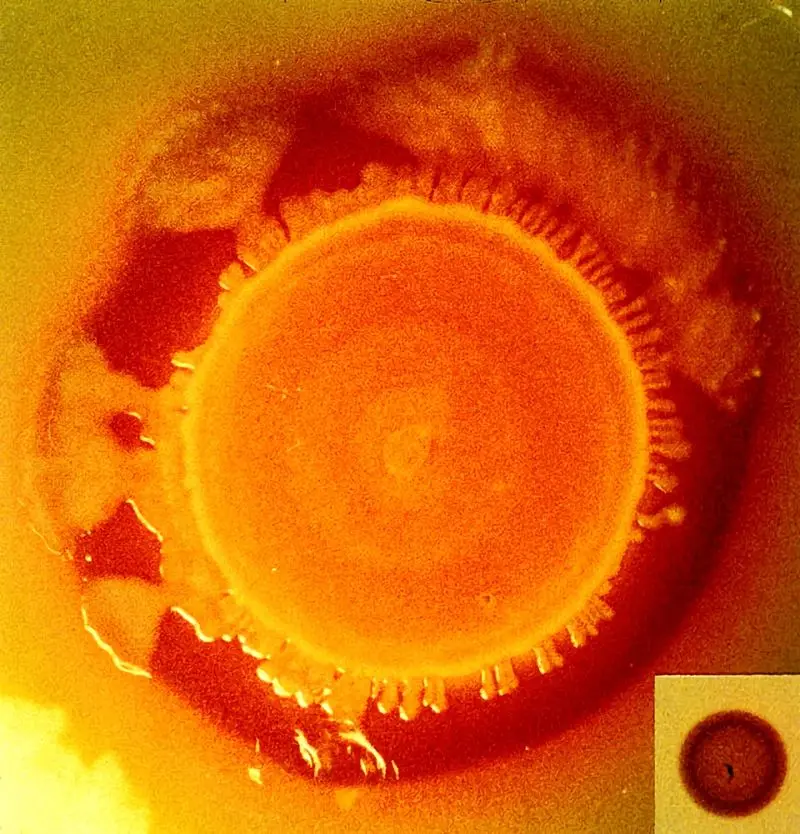 New Tracking Tool for Pathogen Investigators
New Tracking Tool for Pathogen Investigators -
Can binturongs be kept as pets?
-
 How long do instruments stay sterile after autoclaving veterinary?
How long do instruments stay sterile after autoclaving veterinary?
TWO FINGER RADIOGRAPH
 An expression describing the fact that the dorsal hoof wall is parallel to the dorsal aspect of the PIII from the coronary band down to an inch or so below, or about the width of two fingers. This allows a fairly accurate estimate of the position of the PIII within the hoof, no matter how distorted... ↪ Read more
An expression describing the fact that the dorsal hoof wall is parallel to the dorsal aspect of the PIII from the coronary band down to an inch or so below, or about the width of two fingers. This allows a fairly accurate estimate of the position of the PIII within the hoof, no matter how distorted... ↪ Read more TWITCH
 Any of several devices used to apply pressure to a horse's upper lip. This is used as a form of acupressure or distraction to calm and immobilize the animal. The use of a twitch produces widely varying results on individual horses. These range from semiconsciousness to rage. Twitches are sometimes... ↪ Read more
Any of several devices used to apply pressure to a horse's upper lip. This is used as a form of acupressure or distraction to calm and immobilize the animal. The use of a twitch produces widely varying results on individual horses. These range from semiconsciousness to rage. Twitches are sometimes... ↪ Read more TRUE P III ROTATION
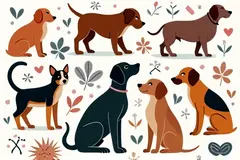 The hoof wall is no longer parallel to the P III at the toe, P III is not in alignment with the pastern, and the sole is compromised by the tip of the P III. This only happens in foundered horses.... ↪ Read more
The hoof wall is no longer parallel to the P III at the toe, P III is not in alignment with the pastern, and the sole is compromised by the tip of the P III. This only happens in foundered horses.... ↪ Read more TRUENESS OF GAIT
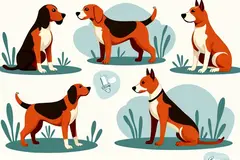 Describes the lack of medial or lateral deviation from the line of travel seen in a horse's limbs.... ↪ Read more
Describes the lack of medial or lateral deviation from the line of travel seen in a horse's limbs.... ↪ Read more TRENTON
TRAVELING SHORT
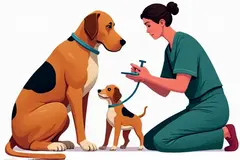 A horse "traveling short" has less than normal forward extension or reach of the limbs when moving.... ↪ Read more
A horse "traveling short" has less than normal forward extension or reach of the limbs when moving.... ↪ Read more TRAUMA
TRANSVERSAL
TRAINING PLATE
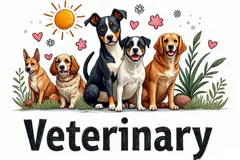 A very lightweight, usually steel horseshoe used on race horses between races. Training plates are also used on some young riding and show horses. Most training plates are swedged.... ↪ Read more
A very lightweight, usually steel horseshoe used on race horses between races. Training plates are also used on some young riding and show horses. Most training plates are swedged.... ↪ Read more TRAILER
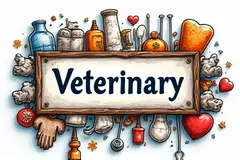 An extra long heel on a horseshoe which is usually turned 45° away from the center line of the hoof and the line of flight.... ↪ Read more
An extra long heel on a horseshoe which is usually turned 45° away from the center line of the hoof and the line of flight.... ↪ Read more TOEING KNIFE
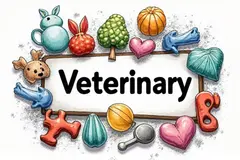 A mallet-driven blade used to trim the hoof wall. Toeing knives were listed as standard equipment for U.S. Cavalry shoers until after the War Between The States. Hoof nippers have replaced the toeing knife in common use among farriers in the U.S. today.... ↪ Read more
A mallet-driven blade used to trim the hoof wall. Toeing knives were listed as standard equipment for U.S. Cavalry shoers until after the War Between The States. Hoof nippers have replaced the toeing knife in common use among farriers in the U.S. today.... ↪ Read more TOE GRAB
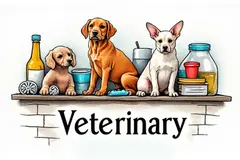 A form of toe calk used on racing horseshoes. Toe grabs are curved with the toe of the shoe, and usually sharper than typical toe calks.... ↪ Read more
A form of toe calk used on racing horseshoes. Toe grabs are curved with the toe of the shoe, and usually sharper than typical toe calks.... ↪ Read more Popular Diagnoses
Packed cell volume (PCV, hematocrit) Reflex ovulator Mucolytic Microfilaricide Bronchodilator Hematocrit Glucocorticoid Monoamine oxidase inhibitor (MAOI) ↪ All veterinary diagnoseOther Diagnoses
Anticholinergic Anticholinesterase Anticoagulation Anticonvulsant emetic antigen Antiprotozoal AntipruriticPopular Veterinary Clinics
VCA Welborn Animal Hospital, 7860 Washington Avenue Kansas City, KS 66112 USA MedVet Columbus, 300 East Wilson Bridge Road, Worthington, OH Rutland Veterinary Clinic & Surgical Center, 90 East Pittsford Road, Rutland, VT VCA Paradise Valley Emergency Animal Hospital, 6969 East Shea Boulevard Suite 150 Scottsdale, AZ 85254 USA Connecticut Veterinary Center & Pet ER, 470 Oakwood Ave West Hartford, CT 06110 USA Norway Veterinary Hospital, 10 Main St P.O. Box 273 Norway, ME 04268 USA Craig Road Animal Hospital, 5051 West Craig Road, Las Vegas, NV Abri Veterinary Hospital Inc, 1449 Trademart Boulevard Winston-Salem, NC 27127 USA ↪ All veterinary clinicsOther Veterinary Clinics
Pewee Valley Veterinary Center, 307 La Grange Road, Pewee Valley, KY Southland Veterinary Hospital, 300 Southland Drive Lexington, KY 40503 USA Union Pet Clinic, 9842 Old Union Road Union, KY 41091 USA VCA Woodford Animal Hospital, 1325 Lexington Road Versailles, KY 40383 USA Westside Veterinary Service, 1271 Robertson Road South, Murray, KY Lafayette Veterinary Care Center, 110 Perard Street Lafayette, LA 70503 USA Lake Area Animal Hospital, 630 East School Street, Lake Charles Lefebvre Richard, 2412 Duval Drive MONROE, LA 71201 USAPopular Drugs
DOXYLAMINE SUCCINATE Doses - PENICILLIN V POTASSIUM Doses - METHYLPREDNISOLONE, METHYLPREDNISOLONE ACETATE, METHYLPREDNISOLONE SODIUM SUCCINATE ACEPROMAZINE MALEATE Doses - PREDNISOLONE, PREDNISOLONE SODIUM SUCCINATE, PREDNISOLONE ACETATE, PREDNISONE Doses - FURAZOLIDONE Doses - FERROUS SULFATE Doses - LEVAMISOLE ↪ All veterinary drugOther Drugs
Ceftiofur Sodium Sterile powder Carr & Day & Martin WOUND CREAM CARR & DAY & MARTIN VANNER & PREST STOCKHOLM HOOF TAR Carr & Day & Martin ICE BLUE LEG COOLER CARR & DAY & MARTIN KILLITCH 25% W / V CUTANEOUS EMULSION PRO-TEC™ CHLORSEPTIC 2% SANITROL 1010 intervet safe-guard® (fenbendazole)Popular Terms
Subalbinotic Steatis Uteroverdin Paradoxical CSF acidosis Figure of 8 suture pattern Nerve root signature Ovariohysterectomy Abrev OVH Signalment ↪ All veterinary termOther Terms
Nocturia Nodder Nephrolith Nephrolithiasis Nephropexy Nephrosclerosis Nephrosis Nephrotoxinveterinary-help.com
© 2011-2025 Veterinary Clinics, Diagnoses, Terms and Drug Handbook Online



